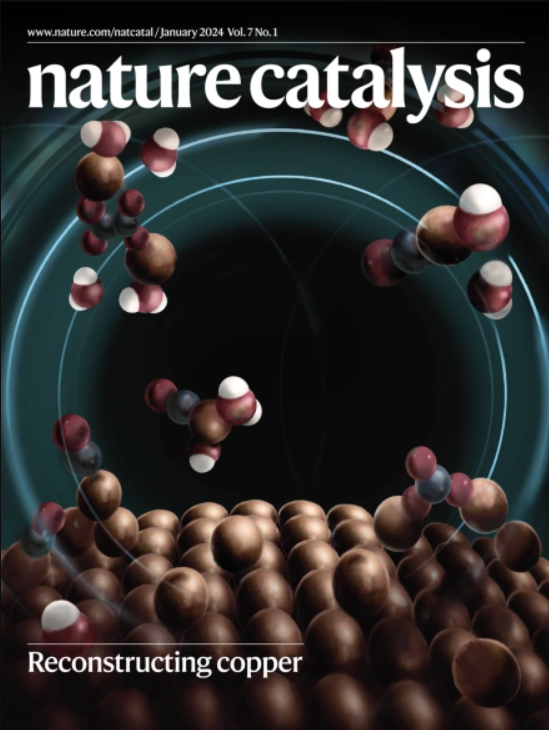Pulsed electrolysis through neutron lenses
IF 42.8
1区 化学
Q1 CHEMISTRY, PHYSICAL
引用次数: 0

通过中子透镜的脉冲电解
现在,Joey Disch和他的同事们利用高分辨率中子射线成像技术在操作条件下研究eCO2R,重点关注水在带有AEM的零间隙膜电极组件中的输送和分布。该电池采用用于CO生产的银阴极催化剂,在34%或100%相对湿度(RH)下,在0.1 M KHCO3电解液中,在50°C和400 mA cm-2的电流密度下,在开路电压(OCV)下运行,除了每10分钟运行1分钟的短暂脉冲外,在恒定电流和脉冲电解下运行。正如预期的那样,脉冲电解在电压和CO的法拉第效率(FE)方面都比恒流表现出更高的稳定性。中子射线照相显示,在OCV的短时间内,阴极的水量增加,特别是在较高的相对湿度下,这允许碳酸盐沉淀溶解,防止积累。然而,尽管在较低的相对湿度下,CO的高FE可以持续实现,但由于含水量的增加,在100%相对湿度下,CO2的输送受到限制。另一方面,在恒流条件下,特别是在高湿度条件下,可以观察到多次泛洪事件。在0.01 M的Cs2CO3电解质中,水管理得到了进一步改善,研究人员认为,重点优化脉冲策略参数和电解质应该会导致性能的提高,并且应该探索该策略在电池堆中的可转移性。
本文章由计算机程序翻译,如有差异,请以英文原文为准。
求助全文
约1分钟内获得全文
求助全文
来源期刊

Nature Catalysis
Chemical Engineering-Bioengineering
CiteScore
52.10
自引率
1.10%
发文量
140
期刊介绍:
Nature Catalysis serves as a platform for researchers across chemistry and related fields, focusing on homogeneous catalysis, heterogeneous catalysis, and biocatalysts, encompassing both fundamental and applied studies. With a particular emphasis on advancing sustainable industries and processes, the journal provides comprehensive coverage of catalysis research, appealing to scientists, engineers, and researchers in academia and industry.
Maintaining the high standards of the Nature brand, Nature Catalysis boasts a dedicated team of professional editors, rigorous peer-review processes, and swift publication times, ensuring editorial independence and quality. The journal publishes work spanning heterogeneous catalysis, homogeneous catalysis, and biocatalysis, covering areas such as catalytic synthesis, mechanisms, characterization, computational studies, nanoparticle catalysis, electrocatalysis, photocatalysis, environmental catalysis, asymmetric catalysis, and various forms of organocatalysis.
 求助内容:
求助内容: 应助结果提醒方式:
应助结果提醒方式:


